Ceiling voids are the concealed spaces between a building’s structural ceiling and the suspended or false ceiling below. They are common in offices, hospitals, retail units and modern commercial buildings where services such as wiring, ductwork and pipework are hidden from view.
These areas, although often out of sight, present a significant fire risk due to the presence of combustible materials and electrical installations. Because ceiling voids are difficult to access and monitor, specialised fire detection systems are required to provide early warning and effective protection.
Risks
Ceiling voids pose several fire risks that make reliable detection essential. Some of these include:
- Electrical faults
- Hidden wiring, junction boxes and cable joints are prone to overloading, short circuits or insulation breakdown, which can ignite surrounding materials.
- Lighting and transformers
- Recessed lighting, ballasts and transformers generate heat. Without proper ventilation, they may overheat and trigger ignition.
- Dust and debris
- Dust, packaging materials or insulation often build up in voids. These act as fuel, increasing the chance of fire spread once ignition occurs.
- Ventilation and ductwork
- Voids often connect to HVAC systems. Fire and smoke can quickly spread through ducts to other parts of the building.
- Delayed detection
- Fires in ceiling voids can burn undetected for long periods, allowing flames and smoke to intensify before alarms activate.
Challenges
Ceiling voids present unique challenges when designing an effective fire detection system. Some of these include:
- Limited accessibility
- Voids are confined and often obstructed by pipes, ducts and cables, making installation and maintenance difficult.
- Airflow variations
- Ventilation systems can disperse smoke and heat unevenly, reducing the effectiveness of point smoke detectors.
- Structural features and service installations create barriers that prevent uniform coverage.
- False alarm potential
- Dust, humidity, and fluctuating temperatures in voids can cause conventional detectors to trigger nuisance alarms.
- Rapid fire spread
- The concealed nature of voids means fire can travel unnoticed, so detection systems must respond quickly and reliably.
FyreLine Resettable
FyreLine Resettable is a linear heat detection system designed to provide reliable protection in areas where traditional detectors are less effective, such as ceiling voids. Instead of relying on single points of detection, the system uses a continuous cable that senses heat along its entire length. This ensures there are no gaps in coverage and allows early detection of abnormal temperature rises anywhere the cable is installed.
A key advantage of the system is its resettable design. Unlike single-use detection cables that need to be replaced after activation, FyreLine Resettable can be reused, significantly reducing downtime and maintenance costs. It is available in a range of alarm temperature ratings, making it adaptable to different environments and risk levels.
The cable is built to withstand dust, humidity and physical stress, making it suitable for demanding conditions often found in concealed voids. Its flexibility also allows it to be installed around obstructions and service equipment without compromising performance. This combination of durability, coverage and reusability makes FyreLine Resettable a practical and cost-effective solution for ceiling void fire detection.
Approvals
FyreLine Resettable is approved by internationally recognised testing and certification bodies, ensuring it meets strict performance and safety standards. These approvals confirm its reliability for use in commercial and industrial applications, including compliance with key fire safety regulations. By carrying third-party certification, the system provides assurance to installers, consultants and end users that it delivers consistent and proven fire detection performance.


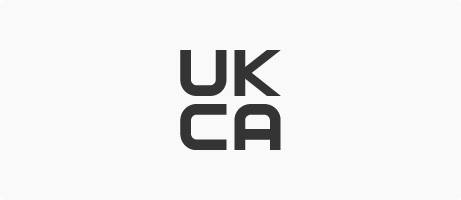

Design Considerations
Controller Placement
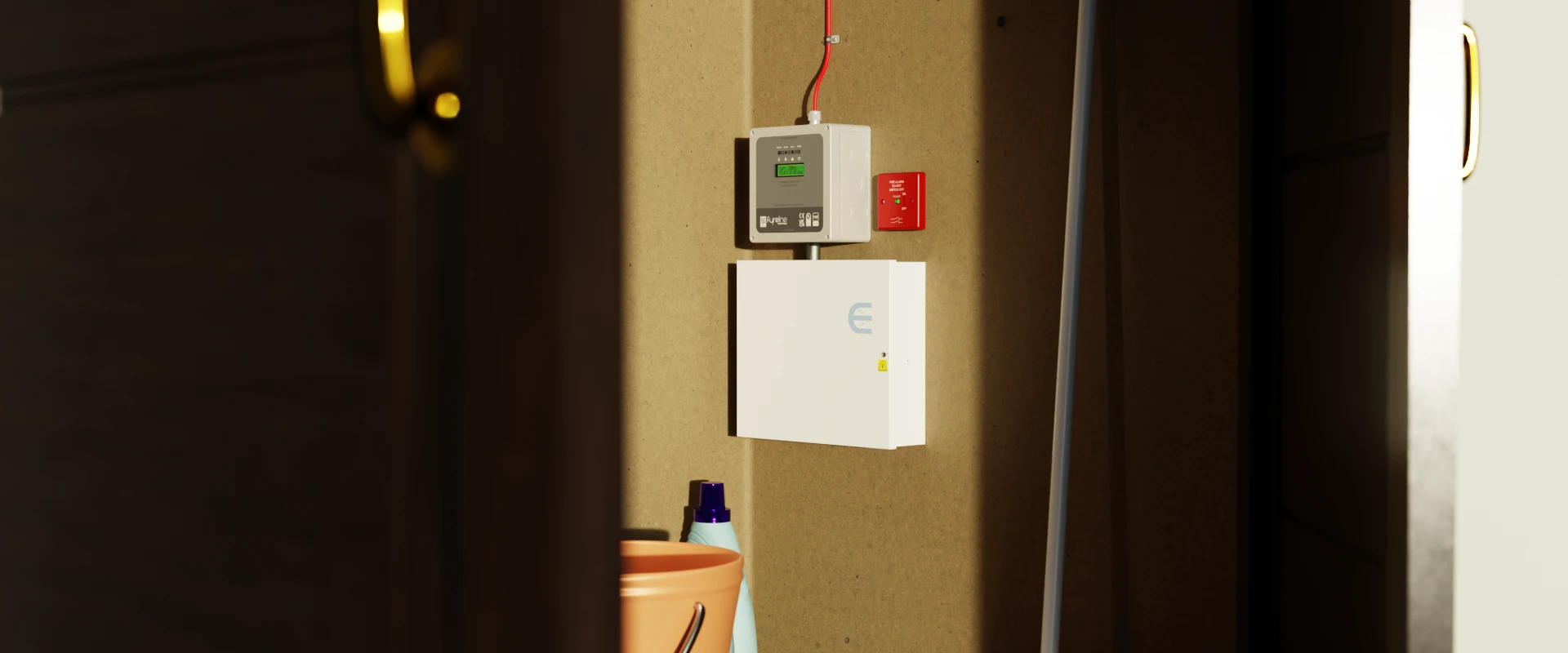
The FyreLine Resettable controller should be installed in an accessible location close to the protected area. For aesthetic reasons, it can also be mounted inside a cupboard or enclosure, provided it remains accessible for testing and servicing. This ensures the system remains discreet without compromising functionality.
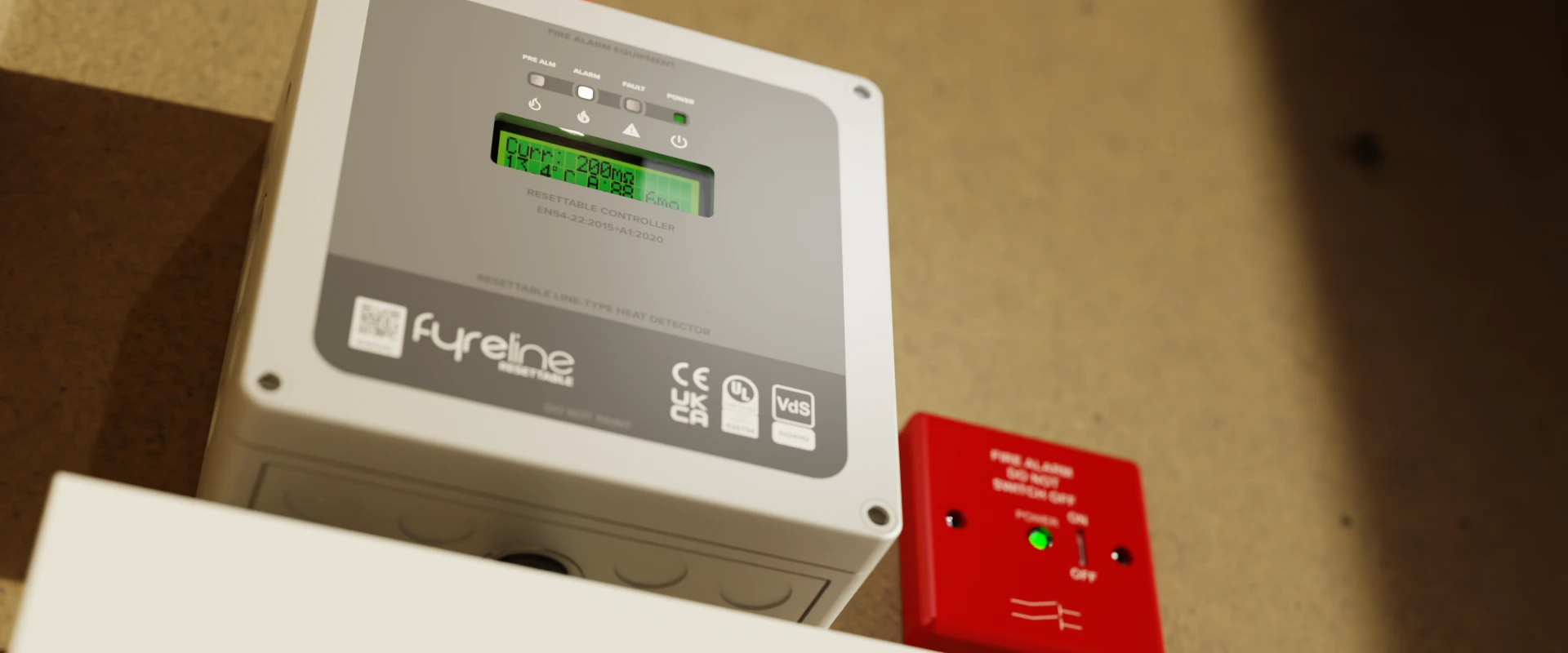
Cable Placement

When setting up in a ceiling void, the cables should be suspended using approved clips or fixings, keeping them clear of surfaces and obstructions. They are normally routed alongside ductwork, pipework or cable trays, with spacing based on the FyreLine guidelines to ensure consistent coverage. Once installed, the cables connect to the controller, which manages alarm signals and allows the system to be tested and reset as required.
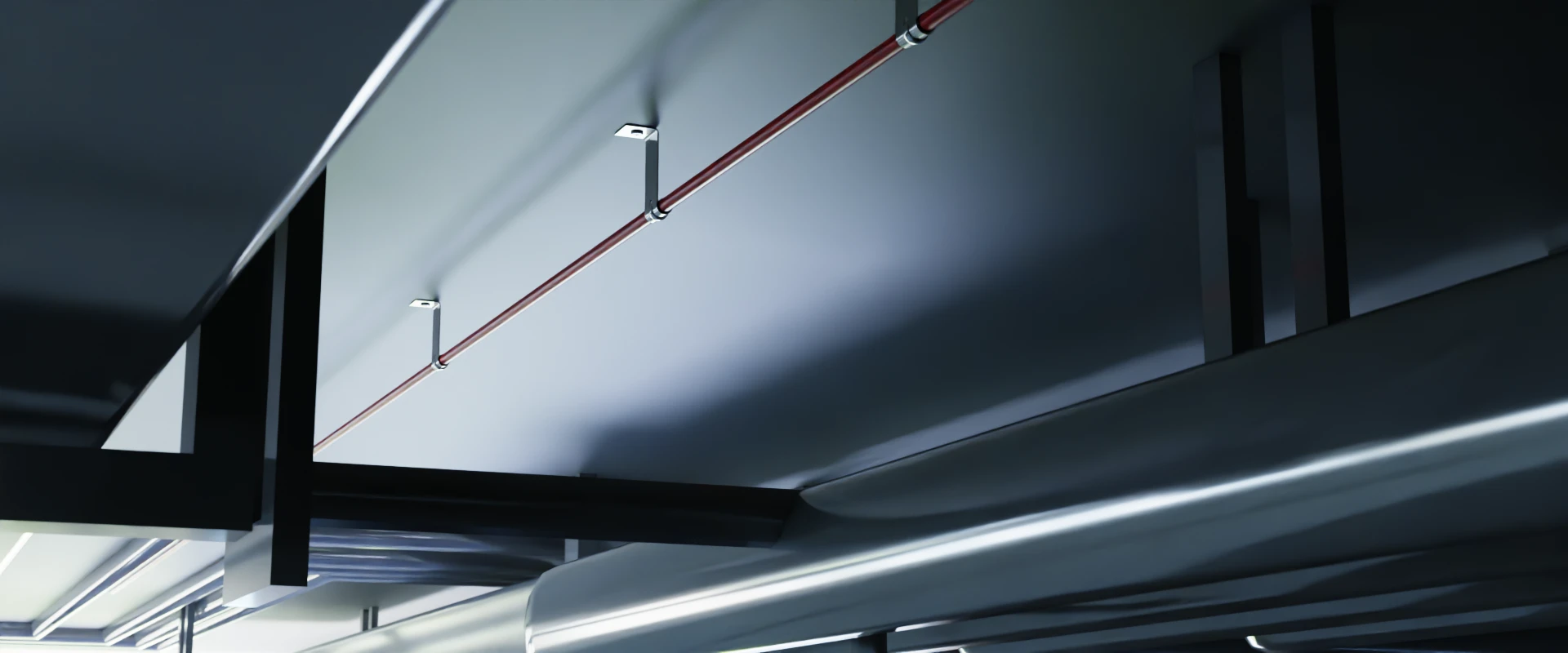
Mounting Clips

P-Clips provide a secure and cushioned mounting point for FyreLine Resettable LHD cables. They are best placed at regular intervals along the cable route. Their flexible grip helps prevent cable damage while maintaining firm support.
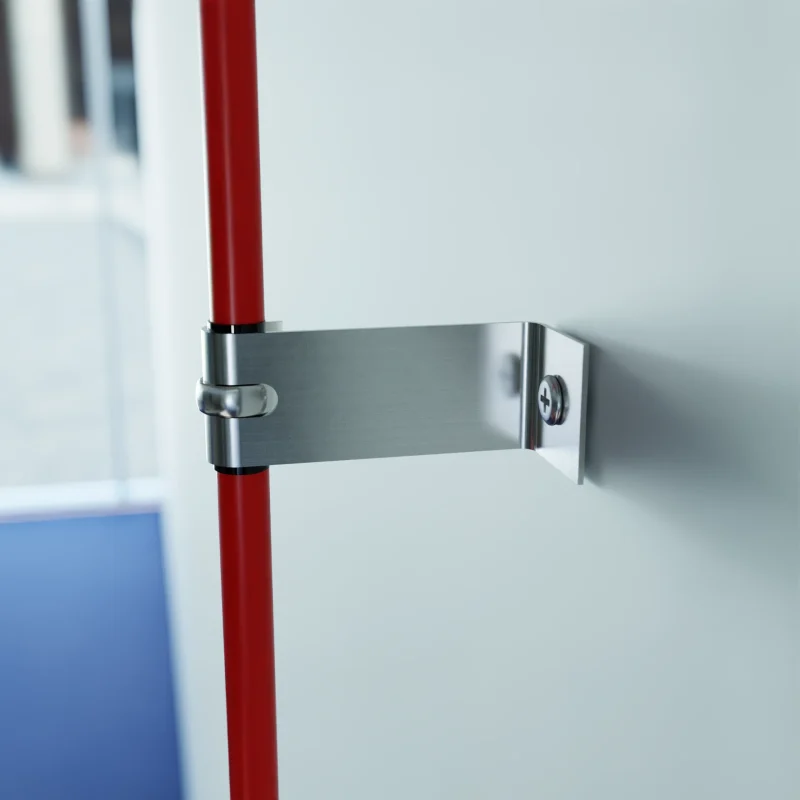
J-Clips are used to securely fix FyreLine Resettable LHD cables in place. They should be installed at regular intervals along the cable route to maintain proper positioning and tension. Placement should avoid contact with sharp edges.
EOL Placement
The FyreLine Resettable End of Line (EOL) module is designed to supervise the detection circuit, confirming both continuity and correct operation of the system. It ensures that any faults, such as breaks or disconnections in the cable, are quickly identified and reported to the controller.
For the best results, the EOL module should always be installed at the very end of the heat sensing cable run. Placing it at this point allows the controller to monitor the full length of the circuit within the ceiling void, guaranteeing complete supervision and reliable detection performance.
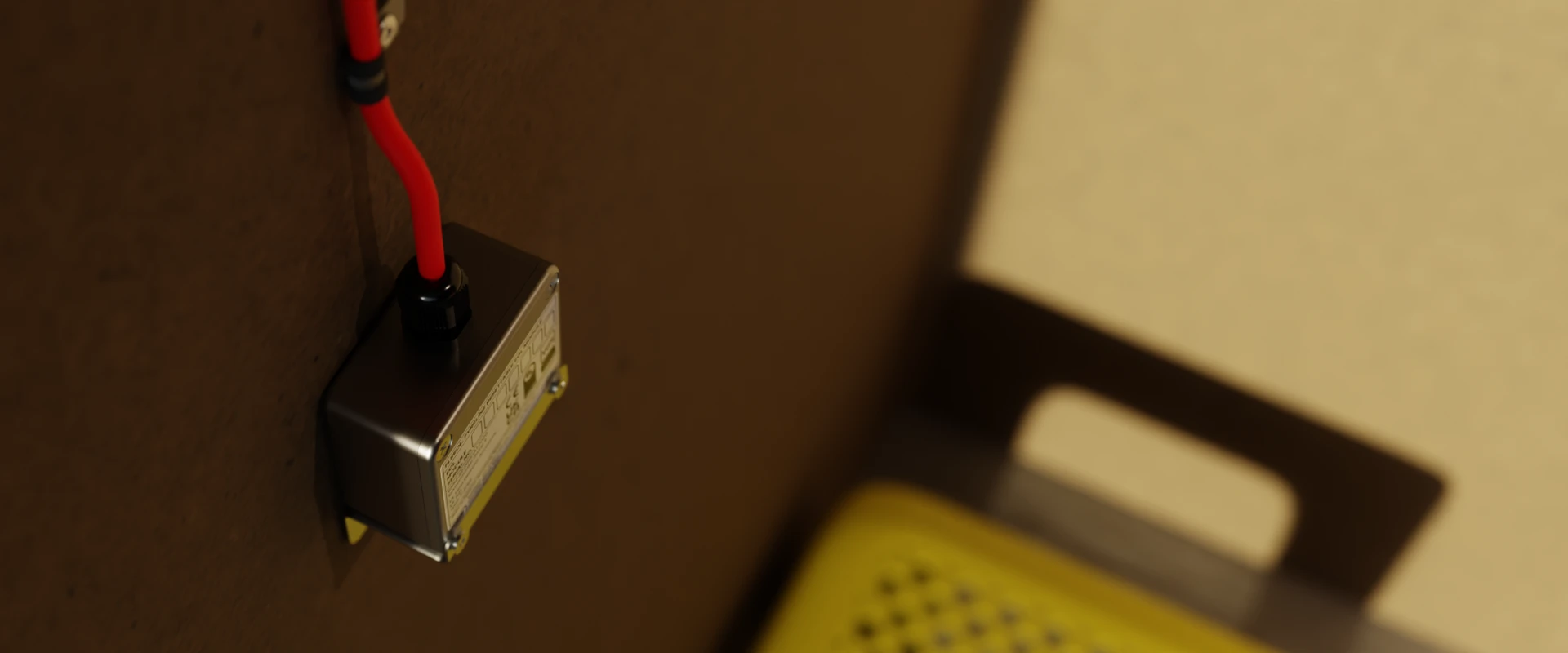
Typical Wiring Diagram
For addressable integration, the FyreLine Resettable controller connects via an addressable interface module to the main fire alarm loop. This module transmits the FyreLine’s alarm or fault signals, allowing the main panel to precisely pinpoint the heat event’s location.
When integrated conventionally, the FyreLine Resettable controller’s alarm and fault relays are directly wired into a conventional fire alarm control panel’s zone inputs. Upon detecting a heat event or cable fault, the FyreLine controller activates its corresponding relay, signalling a general alarm or fault for that specific zone on the conventional panel.
Why Choose Eurofyre?
- Complete System Supplier
- Eurofyre manufactures and supplies all aspects of fire detection including linear heat detection and its associated products and can provide expert advice and consultation.
- Demonstration and Training
- We offer demonstrations and expert training on a range of systems, including FyreLine Resettable linear heat detection systems, in our very own sophisticated training facility.
- After-Sales Support
- Eurofyre offers both on-site and telephone support to assist you in ensuring that your system is fully functional and operating at maximum efficiency. Our after-sales care and support are second to none.
For more information about FyreLine Resettable Linear Heat Detection, or to discuss any of the other products that Eurofyre has to offer, please feel free to get in touch either by phone on +44 (0) 1329 835 024, by email to sales@eurofyre.co.uk or via the online enquiry form situated on our contact page.Don’t forget you can follow us on LinkedIn, X and Facebook or sign up to our newsletter (in the footer below) to receive all the latest information from Eurofyre.